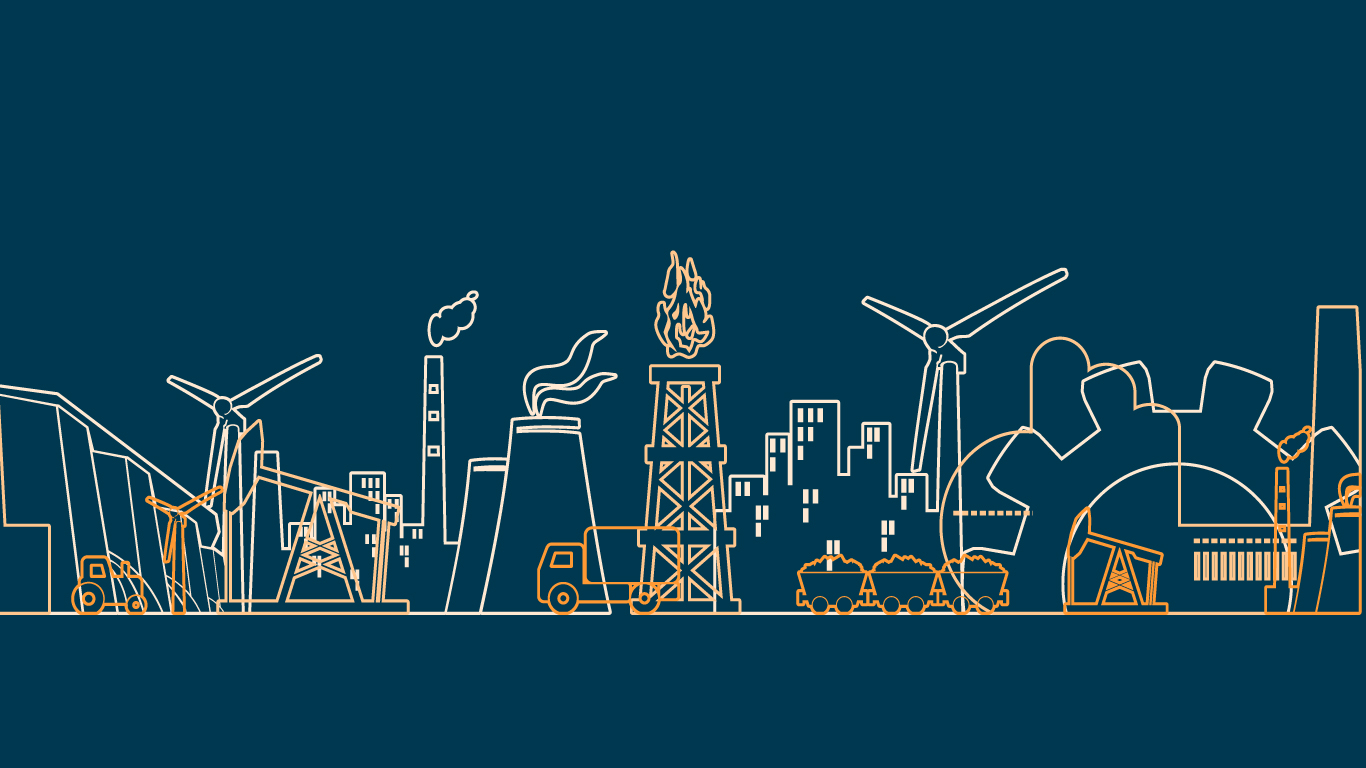
Economics and weather were the main influences on the production of energy in Canada during the first quarter of 2024. Primary energy production, which includes crude oil, natural gas and electricity, was down 1.1% at the average daily level compared with the first quarter of 2023. Secondary energy, which includes refined petroleum products and coke, saw average daily production fall by 1.0% over the same period.
Over the last year, above-normal temperatures, coupled with drought conditions, affected many regions of Canada and contributed to significant lows in the generation of hydroelectricity. In contrast, Canadian producers of crude oil integrated efficiency which boosted production capacity ahead of the May opening of the newly expanded Trans Mountain Pipeline. In addition, natural gas production remained robust, largely due to sustained industrial demand.
Dry conditions negatively impact hydroelectricity generation
From January to March, total generation of electricity fell 5.4% at the average daily level compared with the first quarter of 2023. This marked the lowest level of electricity generation in a first quarter since this data series was redesigned in 2016.
The declines in total generation were vastly more pronounced for hydroelectricity, as average daily generation fell 13.4% compared with the first three months of 2023. Very dry conditions across many regions of Canada contributed to low hydroelectric reservoir levels, which hampered hydroelectricity generation.
Hydroelectricity typically accounts for about 62% of total electricity generation (average of the first quarters from 2019 to 2023). The share of total electricity generated by hydroelectric power in the first quarter of 2024 was 57.6%.
Offsetting some of the decreases in hydroelectricity was a 12.1% increase in electricity generated from combustible fuels, while imports of electricity from the United States more than doubled (+101.2%) on a daily average basis over the same period.
Highest production of crude oil and equivalent products in any first quarter since the start of the series in 2016
Buoyed by the optimism of greater access to foreign markets ahead of the May opening of the Trans Mountain Pipeline expansion, quarterly average daily production of crude oil and equivalent products rose 2.9% in the first quarter of 2024 compared with the same quarter in 2023. The average daily production rate of crude oil and equivalent products reached its highest level of any first quarter since the start of the data series in 2016, at 0.806 million cubic metres.
Natural gas production increases but at a slower pace
During the first quarter of 2024, production of marketable natural gas rose 0.9% on an average daily basis, following the first-quarter increases in 2022 (+7.7%) and 2023 (+6.9%). Canadian producers of natural gas have been expanding production capacity over the last couple of years to meet higher domestic and international demand. Natural gas is the main fuel used in oilsands upgrading and, more recently, in the ongoing transition from coal to natural gas used for electricity generation.
Production of refined petroleum products drops, due in part to slowing demand
Following strong year-over-year growth in the first quarter of 2022 (+6.9%) and 2023 (+4.2%), due largely to pent-up demand for travel after COVID-19 pandemic travel restrictions were lifted, the average daily production of refined petroleum products weakened slightly from January to March 2024 (-1.0%).
Average daily production of motor gasoline (-2.1%) and diesel production (-1.6%) were down in the first quarter, while kerosene jet fuel production also decreased (-1.7%) compared with the first quarter of 2023. In general, higher costs may be a contributing factor to the recent weak demand for certain refined petroleum products.
According to the Industrial product and raw materials price indexes for April 2024, prices for energy and petroleum products increased for the third consecutive month. Gasoline prices were recently higher due to the rising price of crude oil and the increased cost of summer blended gasoline.
Note to readers
As 2024 is a leap year, February’s data include a 29th calendar day. For the purposes of year-over-year quarterly comparisons, average daily activity is used in this article.
For more energy data, tools and resources, consult the Energy statistics dashboard and the Canadian Centre for Energy Information portal.

You may also like
- Record natural gas production driven by industrial deliveries – Natural gas year in review 2023
- Record high crude oil production largely driven by oil sands: Crude oil year in review 2023
- Hydroelectricity generation dries up amid low precipitation and record high temperatures: Electricity year in review 2023

StatsCAN app
Did you know you can read StatsCAN Plus articles and more on the StatsCAN app? If you’re already using the app, let us know what you think by leaving a review in the App Store and Google Play.
Contact information
For more information, contact the Statistical Information Service (toll-free 1-800-263-1136; 514-283-8300; infostats@statcan.gc.ca) or Media Relations (statcan.mediahotline-ligneinfomedias.statcan@statcan.gc.ca).
